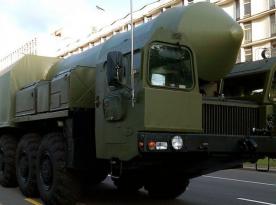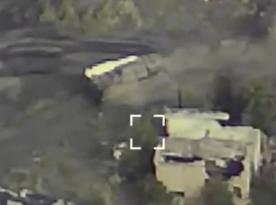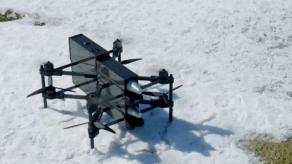When one asks what is the way to deal with russian massive aerial drone and missile attacks, the answer would be obvious – with air defense systems. However, this is not the only way to deal with this threat. The other is to destroy the launchers firing all those missiles.
The Air Force of Ukraine once again reminded of this when the spokesperson of the air branch of the Ukrainian military said, "We have to learn how to destroy the russian attack tools right at the spot from where they are launched."
Read more: What is the Optimal Solution to Protect the Skies of Ukraine and How Many Tomahawks It Takes
"For that, we need means and tools – the long-range precision weapons: ATACMS system, F-16 aircraft, which can destroy enemy missile systems, such as the Bastion, russian Black Sea Fleet warships, etc. – in other words, the carriers of those missiles that constantly attack Ukraine," explained Yurii Ihnat, Spokesman of the Ukrainian Air Force Command, for the We Ukraine TV-channel.
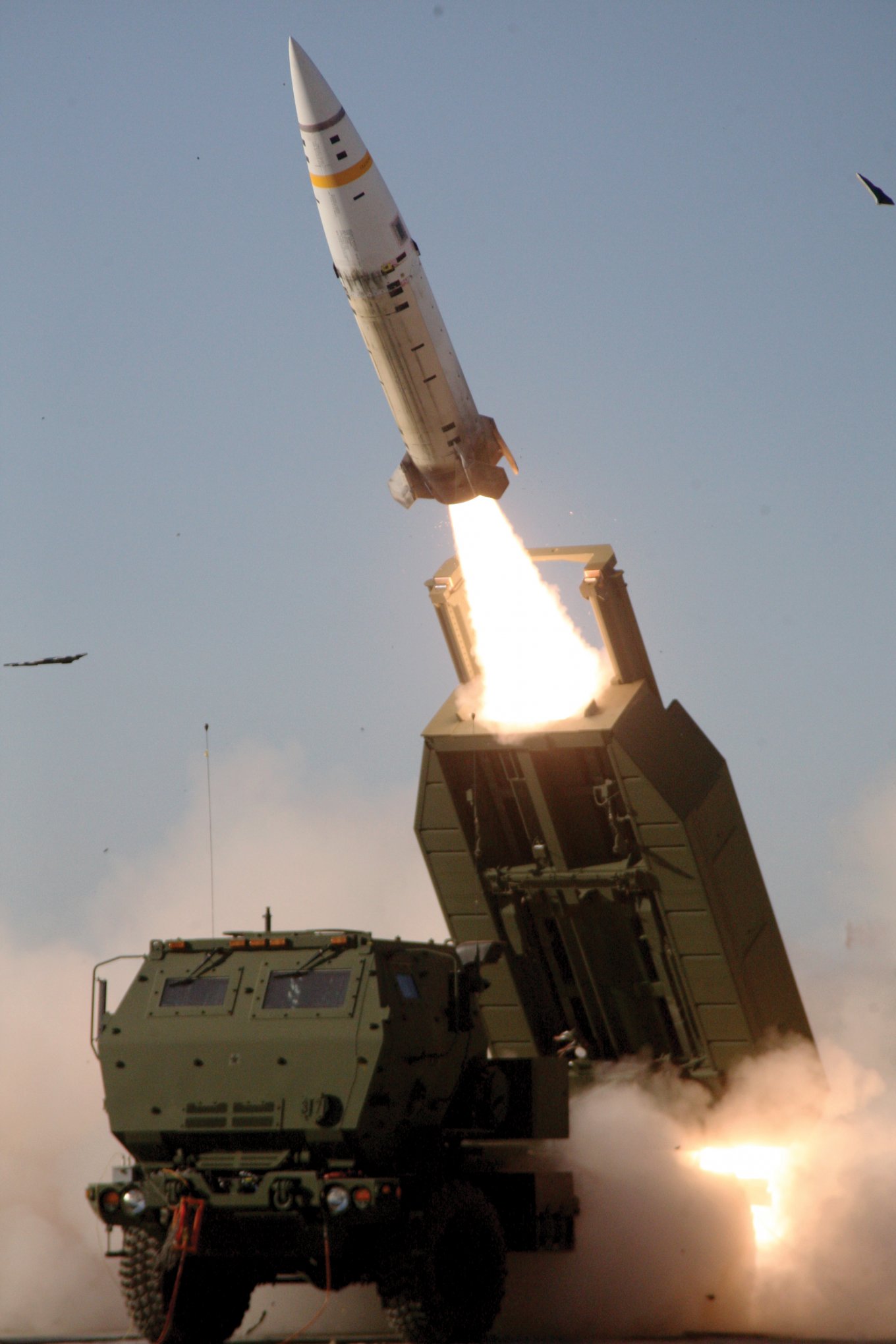
The reason to consider the F-16 an air defense tool is clear. This aircraft is a multi-purpose weapon platform for firing not only anti-aircraft AIM-120 missiles but also Harpoon anti-ship cruise missiles that can destroy or at least keep at bay the russian fleet in the Black Sea.
Besides that, the F-16 also wields JASSM short-range cruise missiles, an effective weapon against a variety of on-land targets, including ground-launched missile systems.
Be that as it may, there is still a long way to go before the F-16 arrives in Ukraine, with the estimated first supplies starting in 2024. Meanwhile, the United States has a weapon that has been on the table of consideration for over a year already, and it could take up a number of tasks on the Ukrainian battlegrounds without the need to wait too long.
Formally speaking, the Army TACtical Missile System, or ATACMS, looks weaker than the Storm Shadow/SCALP air-launched cruise missiles, already provided by the United Kingdom and promised by France, and weaker than the previously mentioned JASSM. The basic M57 and M57E1 versions of ballistic ATACMS have a warhead of 227 kg compared to the 450 kg warheads in those cruise missiles.
On the flip side, ATACMS has an important advantage over both of them: the time it takes to deploy a missile and eliminate the target. If we take a cruise missile, first we need to input the coordinates and heat signature of the target, then the aircraft takes off and enters the launch area, and finally, the missile is released to travel at a subsonic speed to the memorized location. In practice, it may take up to several hours to go through all this algorithm, the missile flight alone would take at least 20 minutes from a distance of 300 km to the target.
Although for the JASSM launched from F-16 there is a trivial shortcut: the ability to input the target data on midflight from the aircraft computer, the latest versions of this missile even can be programmed after the launch. But all of that has little sense when the adversary already enjoys air superiority and outnumbers aircraft to the point it can afford permanent loitering in launch areas by deploying tanker aircraft.
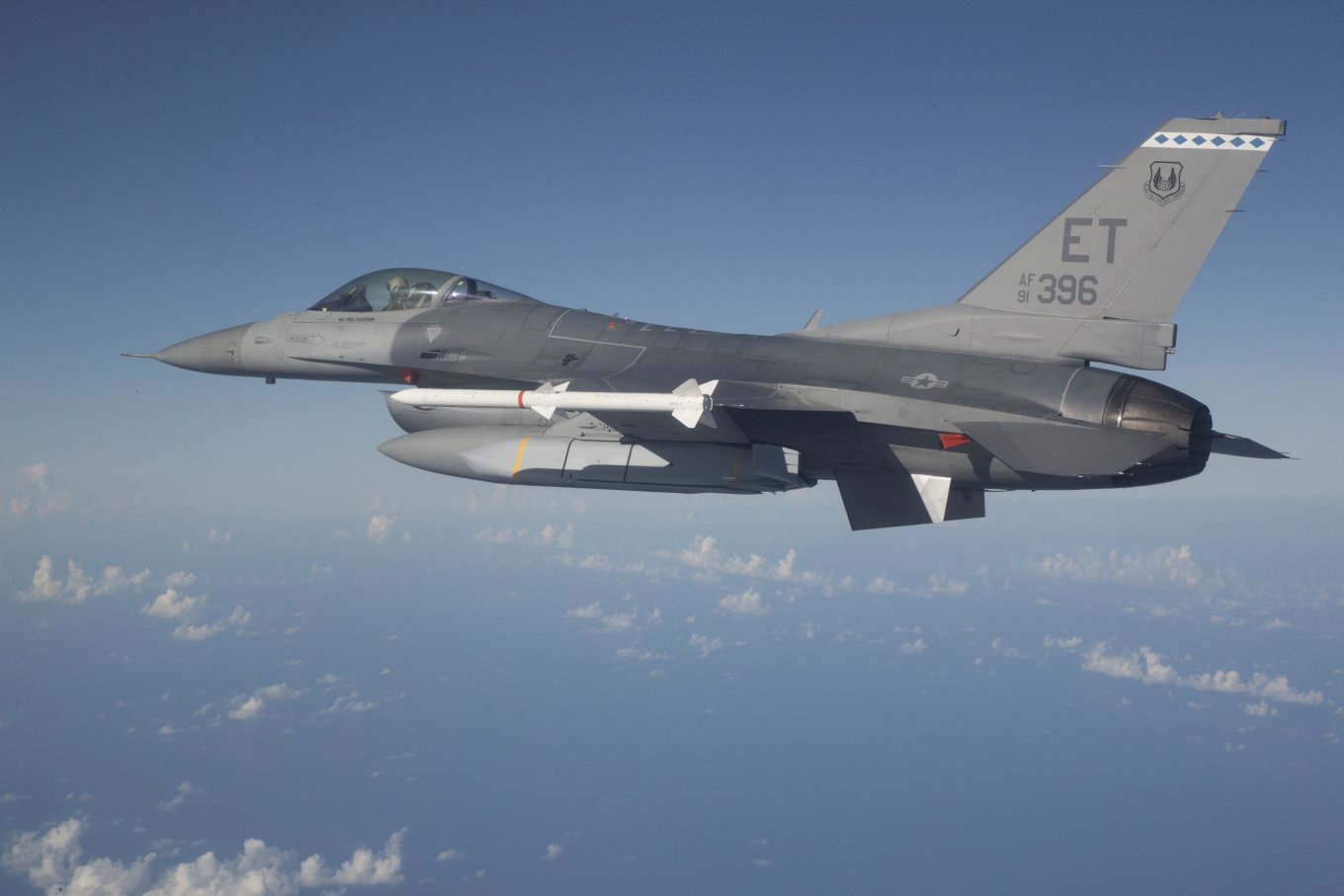
In contrast, when a HIMARS rocket launcher armed with ATACMS receives data on a target within its 300-km range, it only needs a minimum of preparation. The missile, once fired, approaches the designated coordinates at a speed of Mach 3, taking approximately 6 to 7 minutes to reach the target at max range (note: the speed is not constant throughout the flight).
This important difference will allow ATACMS to hit, for example, a Bastion missile system that got spotted while preparing for a launch, before it can fold back the tubes and leave the firing spot.
Taking this factor into account, the ATACMS is still an irreplaceable and most effective means of "alternative air defense" that Ukraine needs to keep its cities safe from russian long-range shelling.
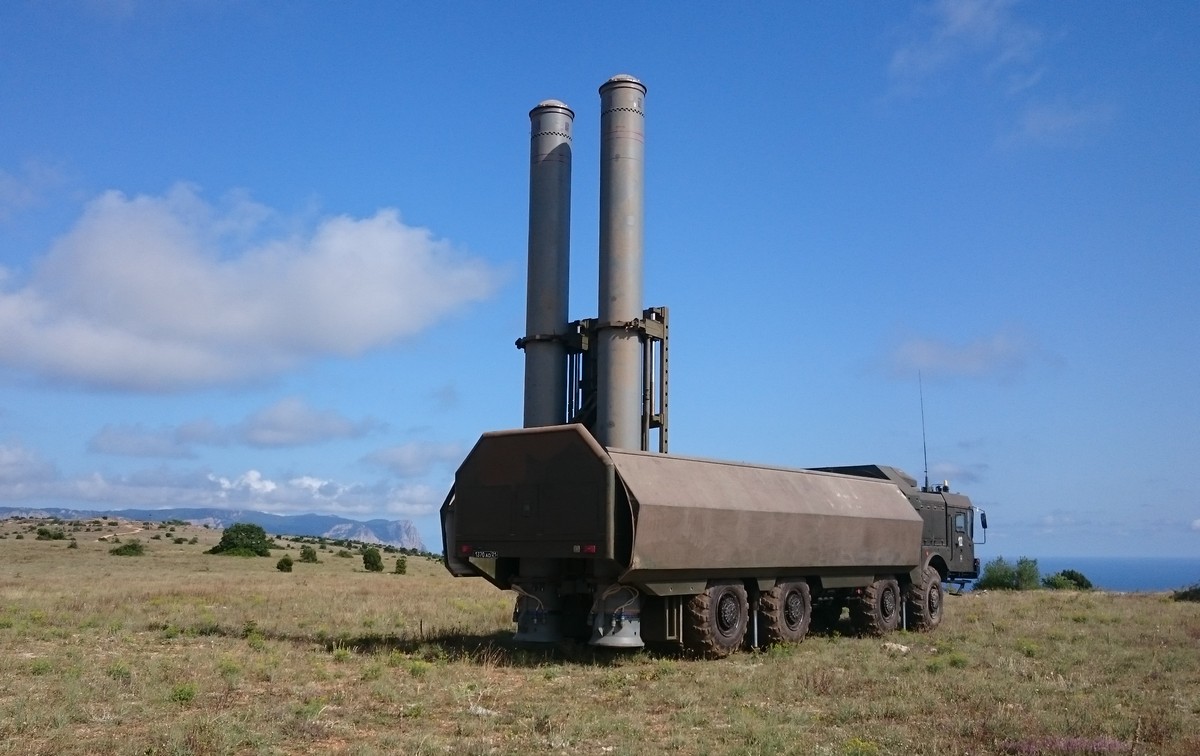
Read more: The case for ATACMS: russians Have Shown in Video Ka-52 Taking Off From Airfield Near Berdiansk to Strike at Ukraine's Troops






